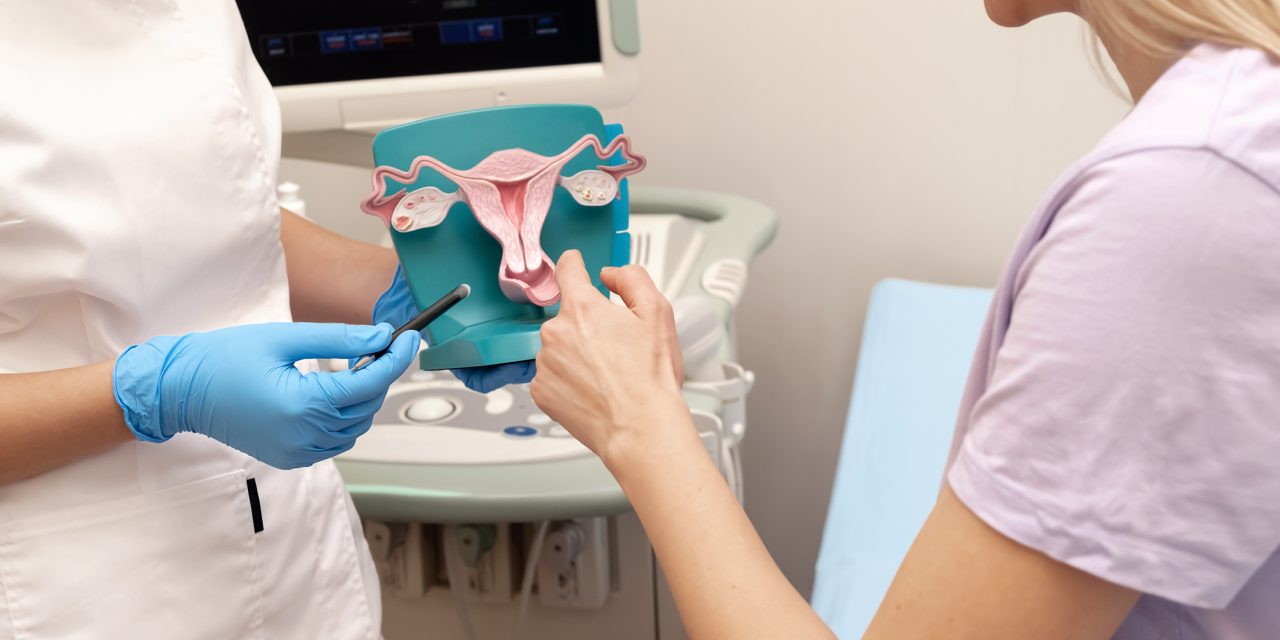Does the method of fertilisation improve reproductive outcomes in poor ovarian response (POR) cycles when compared to all other ovarian response categories in the absence of male factor subfertility?
ICSI does not confer any benefit in improving the clinical pregnancy or live birth (LB) outcome in autologous ovarian response cycles in the absence of male factor subfertility when compared to IVF.
ICSI is associated with an improved outcome when compared to IVF in patients with severe male factor subfertility.
A retrospective study involving 1 376 454 ART cycles, of which 569 605 (41.4%) cycles fulfilled the inclusion and exclusion criteria for all autologous ovarian response categories: 272 433 (47.8%) IVF cycles and 297 172 (52.2%) ICSI cycles. Of these, the POR cohort represented 62 641 stimulated fresh cycles (11.0%): 33 436 (53.4%) IVF cycles and 29 205 (46.6%) ICSI cycles.
All cycles recorded on the anonymised Human Fertilisation and Embryology Authority (HFEA) registry database between 1991 and 2016 were analysed. All fresh cycles with normal sperm parameters, performed after 1998 were included: frozen cycles, donor oocyte and sperm usage, intrauterine insemination cycles, preimplantation genetic testing (PGT) for aneuploidies (PGT-A), PGT for monogenic/single gene defects (PGT-M), PGT for chromosomal structural arrangements (PGT-SR) cycles, where the reason for stimulation was for storage and unstimulated cycles were excluded.
ICSI did not confer any benefit in improving the LB outcome when compared to conventional IVF per treatment cycle (PTC), when adjusted for female age, number of previous ART treatment cycles, number of previous live births through ART, oocyte yield, stage of transfer, method of fertilisation and number of embryos transferred in the POR cohort (adjusted odds ratio [a OR] 1.03, 99.5% confidence interval [CI] 0.96-1.11, P = 0.261) and all autologous ovarian response categories (aOR 1.00, 99.5% CI 0.98-1.02, P = 0.900). The mean fertilisation rate was statistically lower for IVF treatment cycles (64.7%) when compared to ICSI treatment cycles (67.2%) in the POR cohort (mean difference -2.5%, 99.5% CI -3.3 to -1.6, P < 0.001). The failed fertilisation rate was marginally higher in IVF treatment cycles (17.3%, 95% binomial exact 16.9 to 17.7%) when compared to ICSI treatment cycles (17.0%, 95% binomial exact 16.6 to 17.4%); however, this did not reach statistical significance (P = 0.199). The results followed a similar trend when analysed for all autologous ovarian response categories with a higher rate of failed fertilisation in IVF treatment cycles (4.8%, 95% binomial exact 4.7 to 4.9%) when compared to ICSI treatment cycles (3.2%, 95% binomial exact 3.1 to 3.3%) (P < 0.001).
The quality of data is reliant on the reporting system. Furthermore, success rates through ART have improved since 1991, with an increased number of blastocyst-stage embryo transfers. The inability to link the treatment cycle to the individual patient meant that we were unable to calculate the cumulative LB outcome per patient.
This is the largest study to date which evaluates the impact of method of fertilisation in the POR patient and compares this to all autologous ovarian response categories. The results demonstrate that ICSI does not confer any benefit in improving reproductive outcomes in the absence of male factor subfertility, with no improvement seen in the clinical pregnancy or LB outcomes following a fresh treatment cycle.
The study received no funding. C.M.B. is a member of the independent data monitoring group for a clinical endometriosis trial by ObsEva. He is on the scientific advisory board for Myovant and medical advisory board for Flo Health. He has received research grants from Bayer AG, MDNA Life Sciences, Volition Rx and Roche Diagnostics as well as from Wellbeing of Women, Medical Research Council UK, the NIH, the UK National Institute for Health Research and the European Union. He is the current Chair of the Endometriosis Guideline Development Group for ESHRE and was a co-opted member of the Endometriosis Guideline Group by the UK National Institute for Health and Care Excellence (NICE). I.G. has received research grants from Bayer AG, Wellbeing of Women, the European Union and Finox.
Not applicable.
© The Author(s) 2020. Published by Oxford University Press on behalf of the European Society of Human Reproduction and Embryology. All rights reserved. For permissions, please e-mail: journals.permissions@oup.com.
ICSI does not improve reproductive outcomes in autologous ovarian response cycles with non-male factor subfertility.


